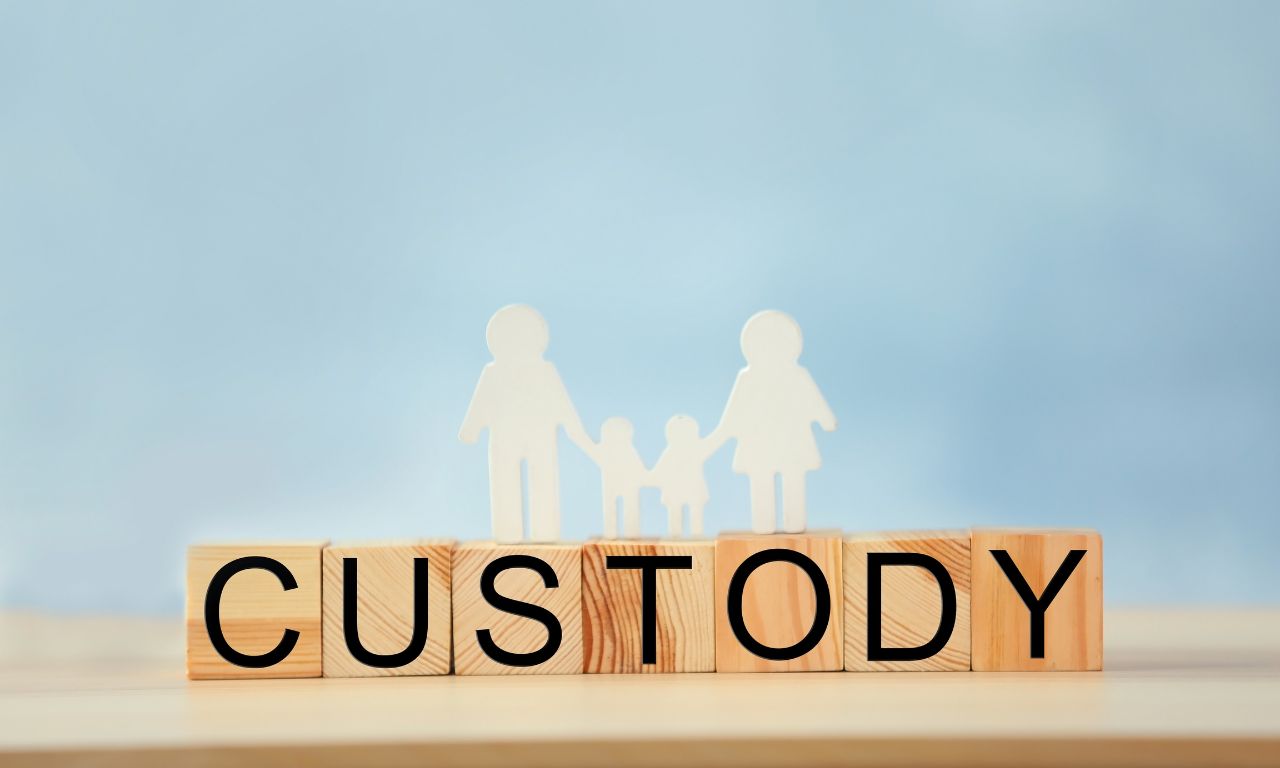Child Custody and Placement: Understanding the Difference

In the aftermath of parents’ separation, how does child custody work, and what are the benefits of placement? Despite parents parting ways, the principle of “joint parenting” mandates that children continue to spend time with both parents. However, the time distribution can vary. Understanding the distinction between child custody and placement becomes crucial.
Key Points:
- Child Custody Explained:
Child custody, legally known as “affido,” deals with the distribution and exercise of parental responsibility for minors when parents live separately. - Types of Child Custody:
The norm is shared custody, emphasizing joint parental responsibility, allowing the child to maintain a stable relationship with both parents. Exclusive custody is an exception, justified only by specific reasons. - Placement Defined:
“Collocamento,” or placement, focuses on determining the time each parent spends with the child. Shared placement implies equitable time-sharing, while exclusive placement designates one parent spending more time.
In Summary: Child custody ensures shared parental responsibility, promoting joint parenting post-separation. Shared custody is the norm, with exclusive custody reserved for exceptional cases. Placement then addresses the physical time distribution between parents, determining whether it is shared or exclusive.
VGS Lawyers is a law firm specialised in Family Law. Should you need assistance please send your enquiry to: info@vgslawyers.com
